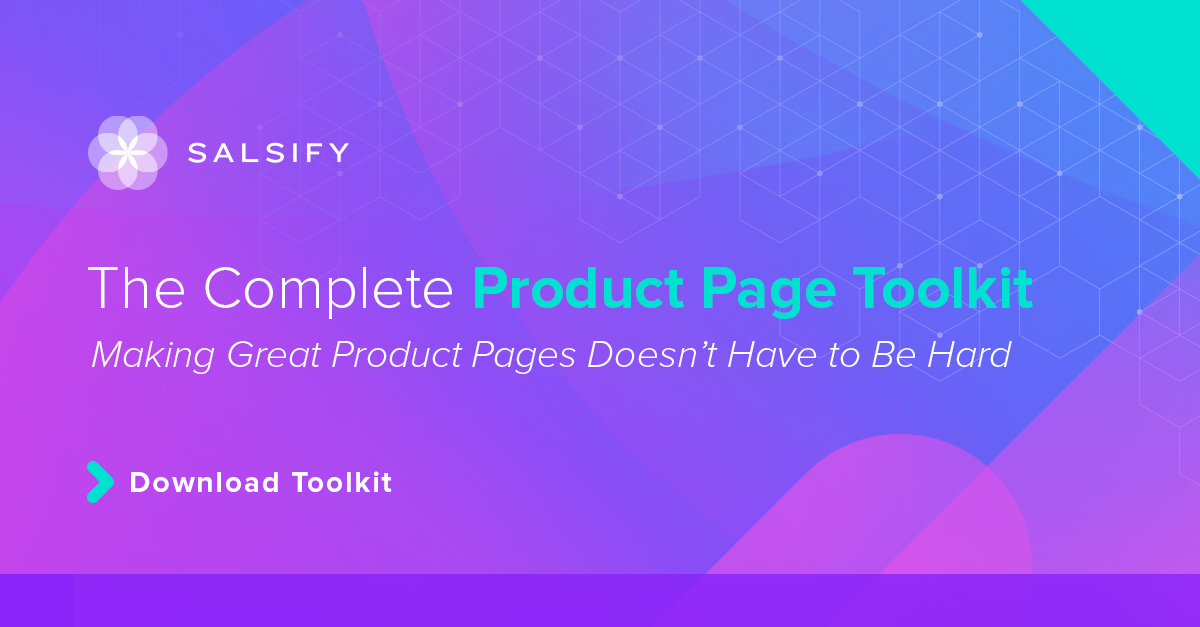Sometimes marketing isn’t just about memorable slogans or eye-catching visuals, but speaking a language that all of your potential customers can appreciate — and it’s at least one reason why inclusive marketing practices are gaining increased traction all over the marketing world.
Of course, no question that undertaking measures to improve your organization’s inclusivity is simply the right thing to do, as a matter of principle alone.
There’s also a great deal of business sense underlying these efforts too. One Meta study found that 59% of consumers express higher trust in brands that resonate with their identity in advertisements.
That connection deepens when broken down by demographics too, as the following consumers expressed similar sentiments, according to marketing company Wordstream:
- 85% of Latinx consumers
- 79% of Black consumers
- 79% of Asian American/Pacific Islander (AAPI) consumers
- 85% of LGBTQ+ consumers
- 77% of millennial consumers
- 76% of teen consumers
Crucially, inclusivity doesn’t just build trust — it drives action.
A notable 64% of shoppers in that same poll said they transition from “passive onlookers'' to “active engagers'' when faced with advertisements they deem diverse or inclusive. You might even say it’s a classic case of “seeing is believing.”
When customers see themselves mirrored in a brand’s story, it’s easier to see themselves using your products and comfortably fitting into your user community.
It’s also worth noting, though, that Meta’s study found that 54% of those surveyed believed they did “not feel fully culturally represented in online advertising” — a hint, perhaps, that many brands might be overlooking the rewards of engaging with their customers on a more meaningful, culturally resonant level.
Here’s a closer look at the concept of inclusivity, as well as some of the ways brands are embracing this evolving opportunity.
5 Core Principles To Know in Inclusive Marketing
1. Representation
The old advertising adage “seeing is believing” — is, indeed, the essence of representation in inclusive marketing.
The term refers to the practice of ensuring your marketing materials align with the diversity in your targeted audience, including factors like race, ethnicity, gender, age, ability, and other such factors. Again, this not only broadens your potential customer base but drives trust and sales with shoppers from a wide range of different backgrounds and experiences.
2. Accessibility
Accessibility focuses on developing marketing materials, products, and services that are accessible to all individuals, including those with disabilities. Many brands have undertaken some innovative approaches in this field, including one notable example from Microsoft: The “Xbox Adaptive Controller,” a revolutionary rig that was “designed primarily to meet the needs of gamers with limited mobility.”
Much like representation, keeping accessibility issues at the forefront of your marketing planning will help ensure you’re not leaving anyone out of your campaigns.
3. Authenticity
Important as representation may be, without authenticity, your efforts toward an inclusive marketing campaign may well backfire.
While customers trust brands whose stories seem to coincide with their own experiences and backgrounds, they may bristle if that representation is presented in a heavy-handed, stereotypical, or tokenistic way.
Take extra care to ensure you’re presenting your customer’s stories in an authentic way that resonates, rather than alienates.
4. Cultural Sensitivity
Cultural sensitivity — somewhat hand-in-hand with authenticity — refers to recognizing, respecting, and valuing different cultures and traditions within your brand audience.
While it’d hopefully go without saying, it’s important to avoid engaging in campaigns that may be perceived as cultural appropriation, that rely on offensive tropes, or that would otherwise be perceived as insensitive (or even harmful) to your target audience.
Ultimately, it comes down to respect. By keeping these sensitivities in mind, brands will only make their efforts at inclusion more welcoming.
5. Language and Tone
Language is powerful, and the words a brand chooses can have a lasting impact.
As such, they should take every conceivable step available to ensure that they employ a language and tone that is respectful, inclusive, and free from biases or stereotypes.
Also be aware that some campaigns might not broadly “culturally translate,” and take appropriate steps to ensure that your intended messaging will resonate across demographics.
Consulting with cultural experts or conducting targeted marketing research can help ensure you avoid any unfortunate faux pas in your messaging.
Inclusion in Action: Starbucks ‘Red Cup’ Campaign
Curious to see a real-life example of a successful inclusive campaign?
In what was to become an iconic effort to create a more inclusive holiday campaign, Starbucks launched its now famous “red cup” in late 2015.
Featuring a minimalist, plain red design, the cup eschewed references to any particular holiday — a departure from previous seasons. Instead, the company took a “neutral representation” approach, aimed at welcoming all kinds of holiday spirit regardless of religious or cultural affiliation.
While the company faced some backlash from those who saw the move as an “attack on Christmas,” Starbucks stuck to their guns, according to Social Media Today, explaining that the plain red cup was designed to embrace the simplicity and the quietness of the holiday season, while fostering a sense of inclusivity.
The case is a great example of the benefits — and occasional challenges — a brand may face when undertaking a more inclusive campaign. Ultimately, the controversy only served to reinforce Starbucks’ brand perception as an inclusive company, which corresponded with increased social engagement and sales.
It’s also a great example of a simple step that any brand could take to make their customer’s journey to purchase more inclusive.
Ready To Get Started?
Inclusive marketing is hardly a “set it and forget it” approach — building an increasingly inclusive brand takes a lot of time, effort, and frequent tweaks to work well.
However, by embracing these principles, you're not only expanding your potential audience but aligning your brand with values that you can be proud to call your own. Your customers will thank you for it.



.svg)